Bookbinding Curriculum
Bookbinding graduates are prepared to use case bindings to bind new books or repair 19th- and 20th-century books, construct protective enclosures, and perform simple conservation procedures under the general direction of a supervisor. Graduates are trained to bind books in leather and perform simple finishing operations, including blind tooling and gold lettering, and perform conservation work on leather-bound volumes.
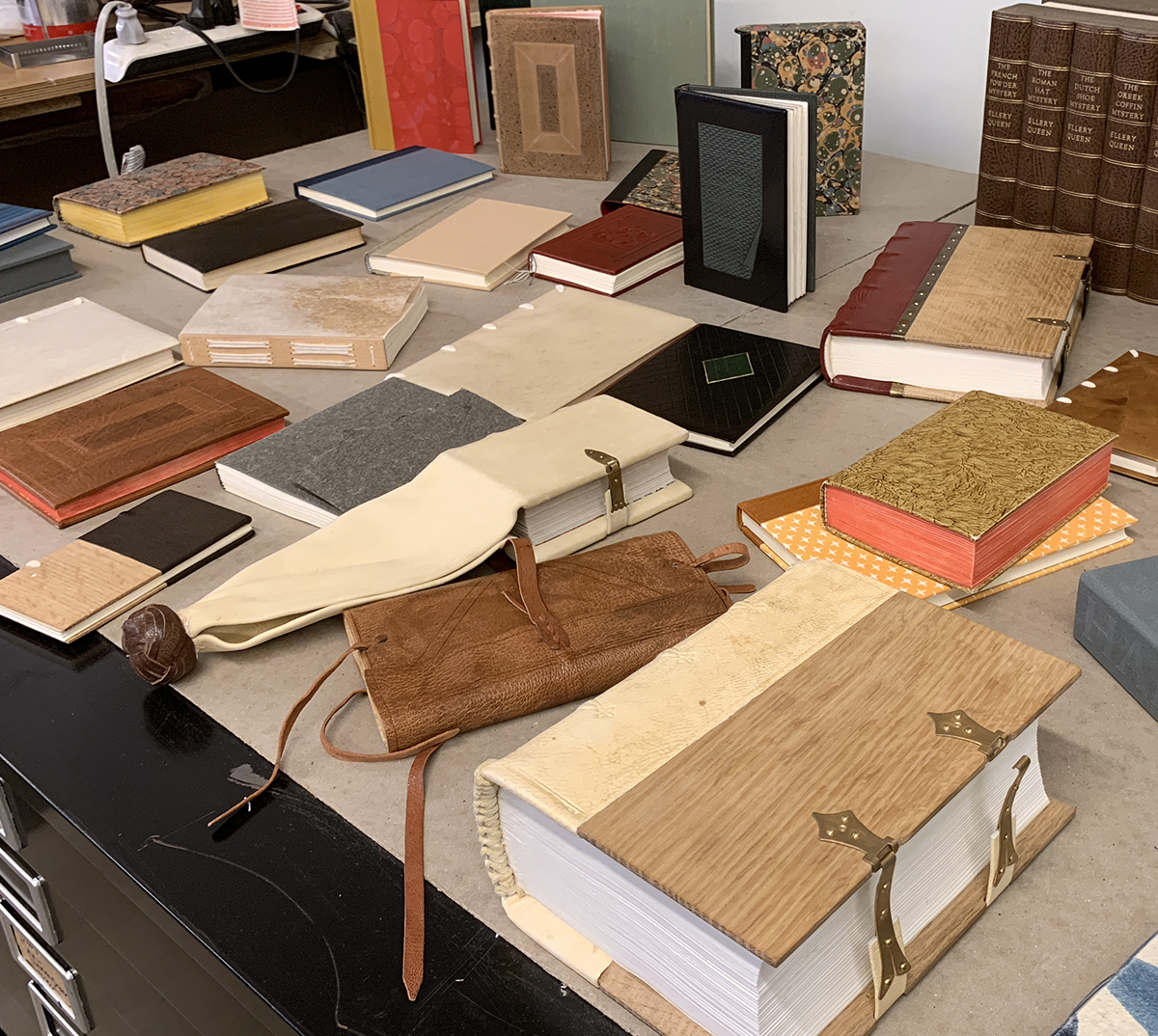
Upon completion of the program, graduates are qualified to seek employment in a wide range of settings, including university, college, and other academic and research libraries, public and private libraries, and custom and library binderies. The work experience at these jobs provides opportunities to gain and perfect the advanced skills necessary to work in areas such as art bindings and the conservation of pre-19th century books.
During the first year, you’ll learn the history and development of this traditional craft, as well as develop a host of necessary skills. You’ll make a variety of historical and modern binding structures, boxes, and other protective enclosures. The repair of cloth and paper bindings will supplement your understanding of the way books function and break down.
Toward the end of the first year and throughout the second year you will create and repair leather bindings. During your second year, you’ll have the opportunity to choose additional projects that reflect your personal career goals in conservation, fine binding, or other areas of the field. Additional learning takes place outside of the classroom—through exhibits, conferences, and field trips to binderies, historic collections, private studios, and conservation labs.
In addition to the Career Training program, we offer a number of book arts and bookbinding courses through our Community Education Department. View all courses.
I. Survey of Non-Adhesive Bindings
As an introduction to skills and techniques and the use of tools, students make several non-adhesive bindings of blank books, following the method outlined in class.
Topics may include:
- Ethiopian/Coptic bindings
- Medieval long and link stitch bindings
- Modern non-adhesive structures
II. Cloth and Paper Bindings
Constructing blank books or working on previously bound books, students make cloth and paper bindings of various historical and contemporary styles. Repetition of these structures hones bench skills and the books are used to explore additional features such as board attachments, endpaper variations, and foil stamping.
Topics may include:
- Cloth case bindings
- Decorative papers
- Adhered boards bindings
- Split board bindings
- Sewing and support variations
- Endpaper variations
- Foil stamping
III. Edition Binding
Applying binding techniques learned in previous sections, students perform identical bindings on a ‘production’ or limited edition basis.
Topics may include:
- Use of sewing frame
- Production jigs
- Working in teams
- Estimating and pricing
IV. Mending Paper
Students use mending techniques to make simple repairs to the text block on pages in situ and on disbound materials.
Topics may include:
- Repairing tears and filling in losses
- Backing with Japanese tissue
- Guarding folds
- Hinging plates
- Tape removal
- Washing and deacidifying paper
V. Stamping
Using a stamping machine, students make titles for bindings, either directly on cases or on labels using gold and colored foils.
Topics may include:
- Label preparation
- Direct stamping across and along cloth case spines
- Setting type, letter spacing
- Ordering and use of custom stamping dies
VI. Bindings for Text Blocks of Single Sheets
On text blocks consisting of single sheets, students use appropriate binding techniques to make more durable case bindings.
VII. Preservation Enclosures
The students make enclosures to protect previously bound books and materials.
- Portfolios, four flap wrappers and phase boxes
- Drop spine/clamshell boxes
VIII. Book Repair and Conservation Bench Skills
Working with damaged books students “reback” bindings. Topics include board attachment methods, corner repair, written and photographic documentation, and discussions of conservation ethics and the differences between traditional restoration, repair, and modern conservation.
IX. Introductory Leather Work
- Leather case bindings and boxes
- Leather paring tools and techniques
X. Tool Making and Modification
Knife sharpening and other tool making and care topics.
XIII. Field Trips and Guest Instructors
Regular guest instructors teach a variety of specialty topics including paper making and marbling. We often make field trips throughout New England and annual trips to more distant locations. Students and faculty members have visited Washington DC, New York City, and a biannual favorite: England. Field trips and internships give students opportunities to:
- See historic museum and library collections
- Visit commercial and small binderies
- Meet professional bookbinders, book artists, and book conservators, and
- Work in the field in some of the best facilities in the country such as tanneries and letterpress print shops.
During your second year, you’ll have the opportunity to work on additional conservation and repair projects or to focus on other aspects of the curriculum according to your personal professional goals. You will learn more technically advanced leather binding treatment options for damaged binding. Your second-year studies include a comprehensive look at decorative finishing techniques and the creation of fine leather bindings.
I. Review of Material from the First Year
Under the direction of the instructor, students repair and/or rebind books as they are presented, as if they were working in an institutional setting.
II. Millimeter Bindings
Students make variations of Danish Millimeter bindings.
III. Laced-Board, Tight Joint Structures
Students construct models of 18th century style calf bindings, modern fine bindings, laced case parchment bindings, and laced wooden board binding structures.
IV. Finishing
Using hand tools, students practice lettering and decorative tooling.
- Use of gold leaf
- Onlay and inlay techniques
- Use of handle letters and type holders
- Surface gilding and other leather decoration methods
V. Rebacking Leather Bindings
Students repair leather bindings by rebacking older books with leather.
V. Limp-Vellum Binding
On a pre-19th century book or a blank book students execute a limp vellum binding.
VI. Miscellaneous
- Alternative book structures according to individual interests
- Spokeshaves and other tool modifications
- Making finishing tools and other metal working for bookbinding
- Portfolio development
- Advanced fine binding and design binding techniques
VII. Field Trips and Guest Instructors
Regular guest instructors teach a variety of specialty topics including paper making and marbling. We often make field trips throughout New England and annual trips to more distant locations. Students and faculty members have visited Washington DC, New York City, and a biannual favorite: England. Field trips and internships give students opportunities to:
- See historic museum and library collections
- Visit commercial and small binderies
- Meet professional bookbinders, book artists, and book conservators
- Work in the field in some of the best facilities in the country, such as tanneries and letterpress print shops
We’ve greatly expanded our internship opportunities over the years. Students find summer internships and one-day, weekly internships during the last semester. Post-graduate internships and fellowships are common. We have ongoing relationships with many New England institutions, including:
- The Boston Athenaeum
- Dartmouth College
- Museum of Fine Arts Boston
- Harvard University
- Northeast Document Conservation Center
- Massachusetts Institute of Technology
- The Boston Public Library
- Boston College
Students and graduates have also held internships at many institutions outside of New England, including John Hopkins University, The New York Academy of Medicine, and many more.
The curriculum each year includes guest speakers who provide hands-on lectures and demonstrations, as well as occasional off site field trips. Past speakers and trips have included:
- Knife making and sharpening with Jeff Peachey
- Paper marbling with Chena River Marblers
- Participation in the Antiquarian Book Fair in Boston
- Class trip to London every other year
- Trips to Boston Athenaeum in Boston
- Trip to Pergamena, makers of handmade leather and parchment in Montgomery, NY
- Trips to a letterpress printer in Portland, ME
Student Work
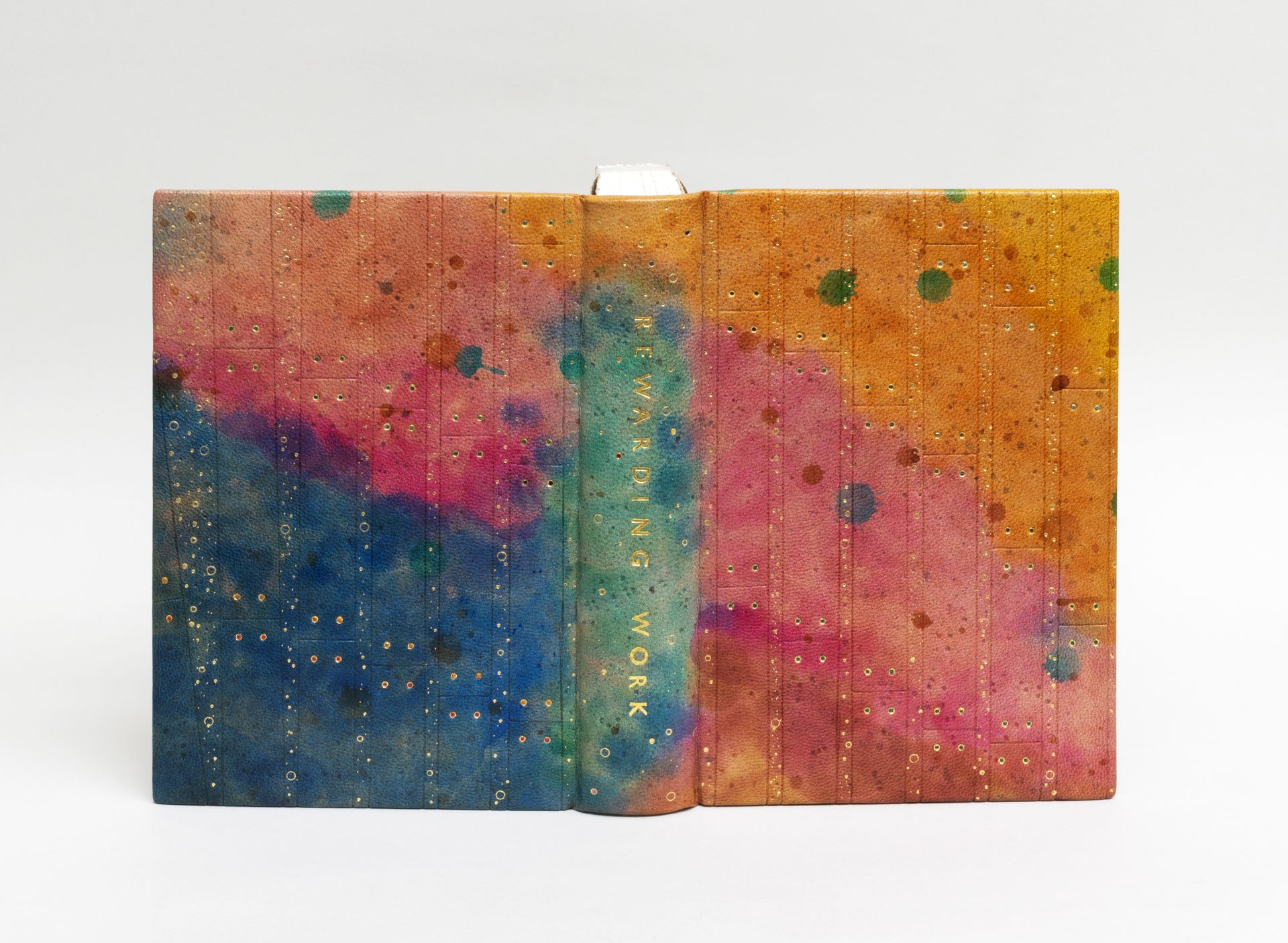
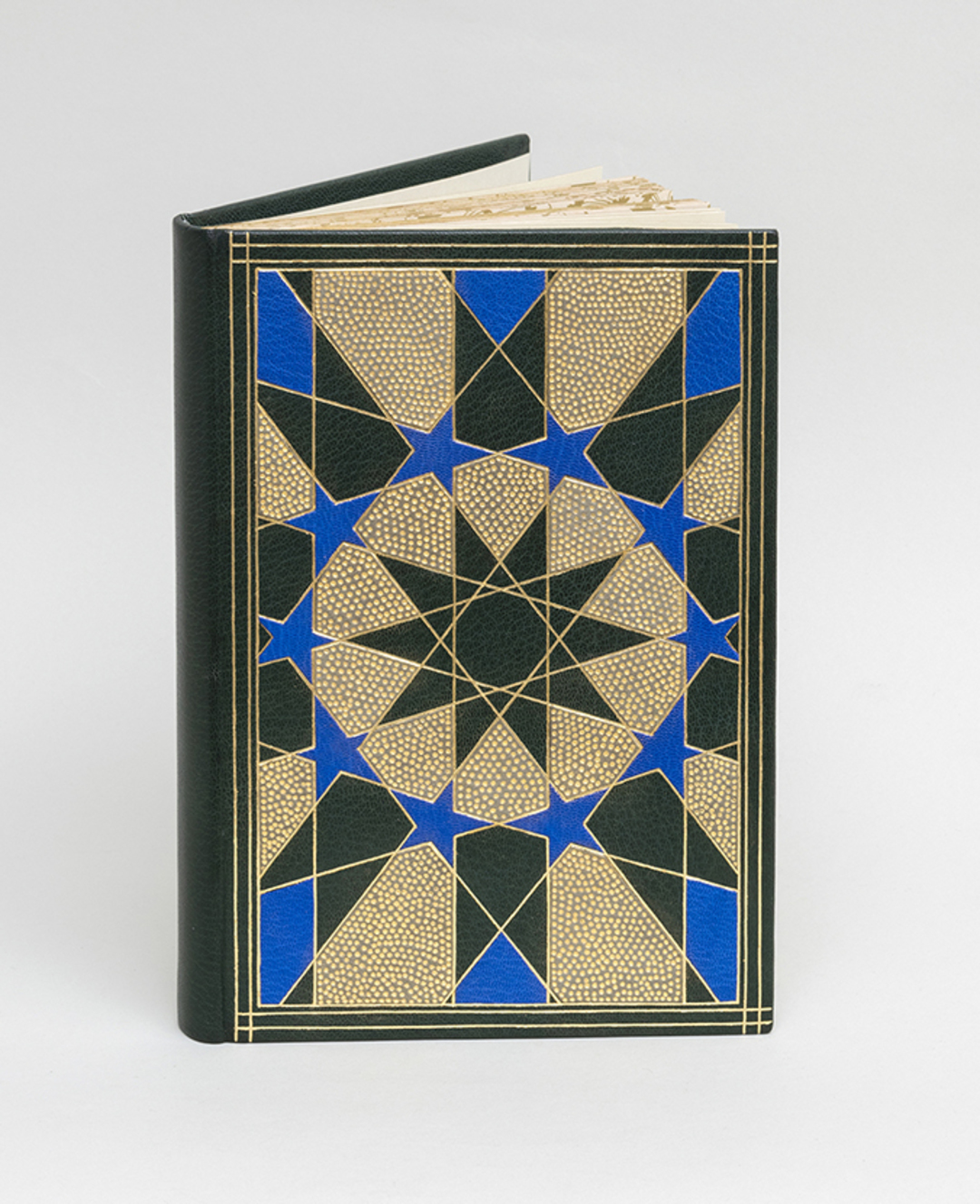
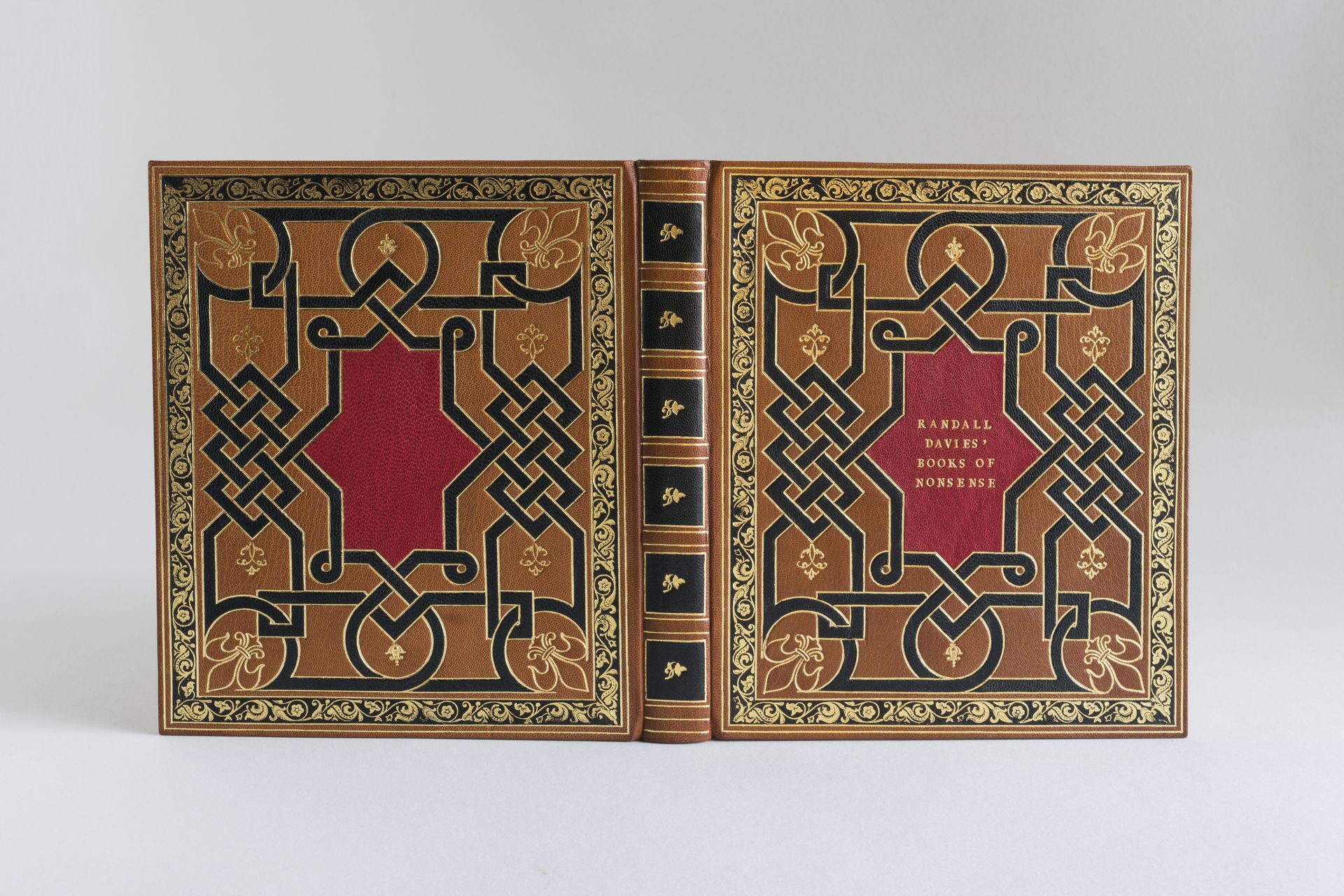
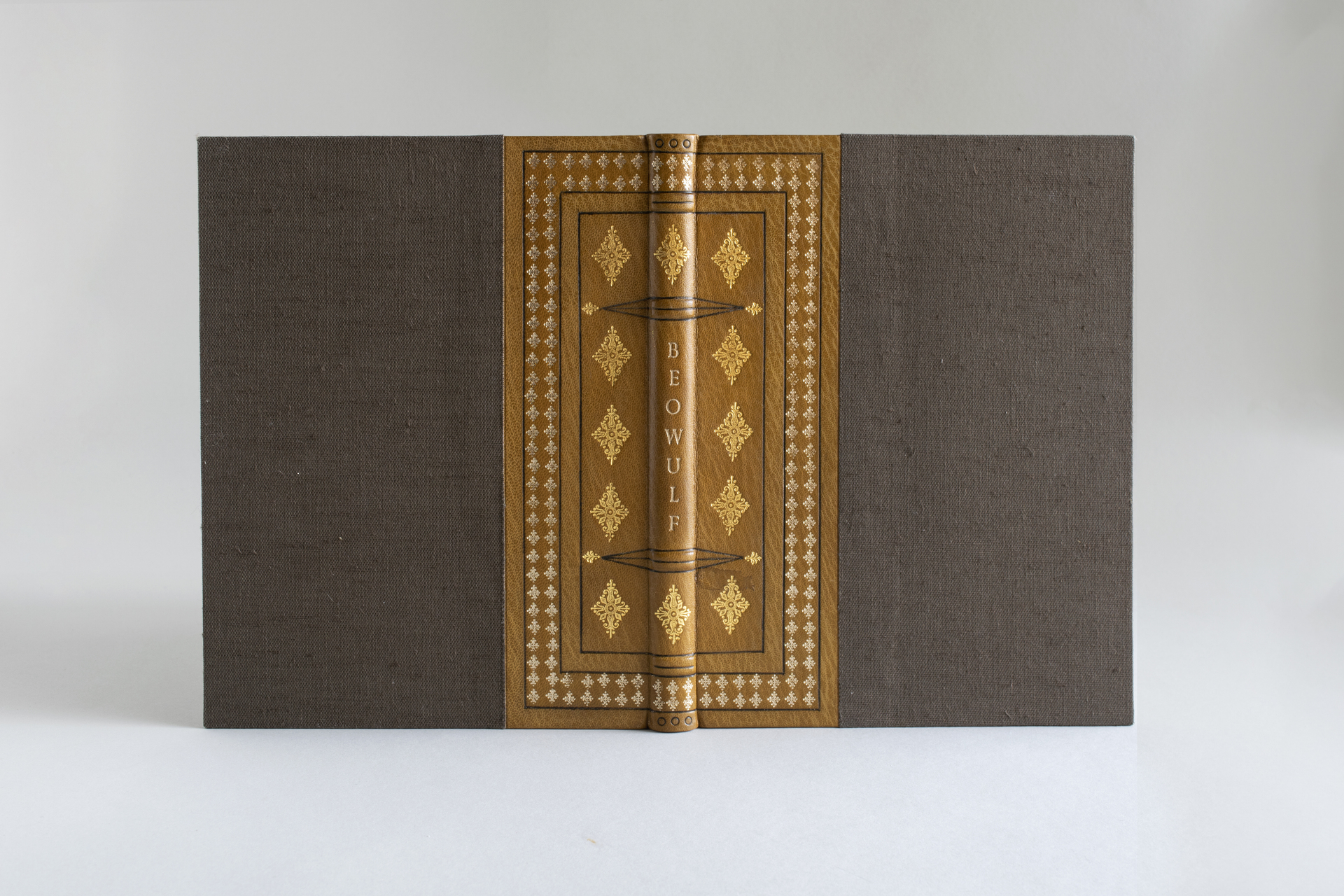
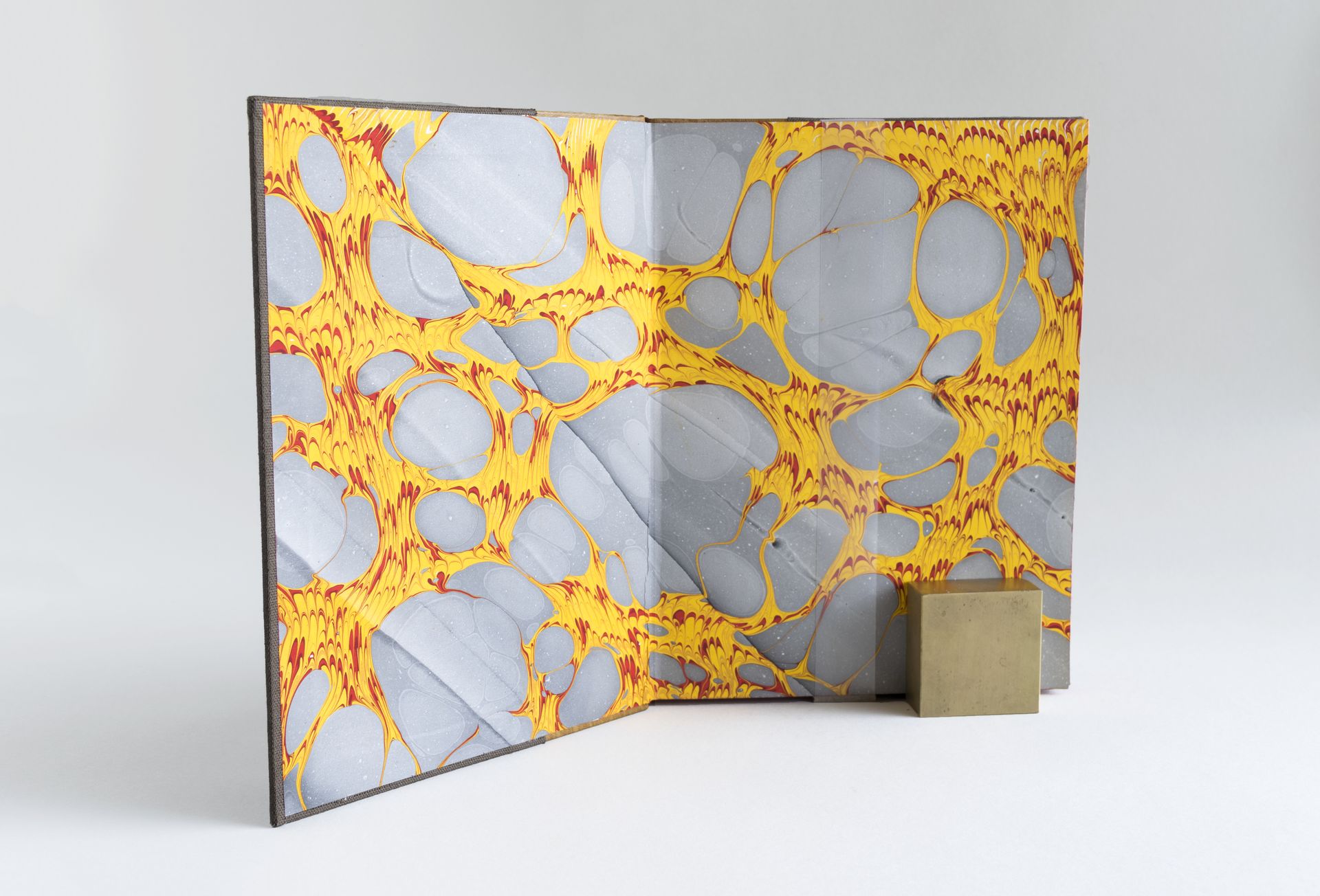
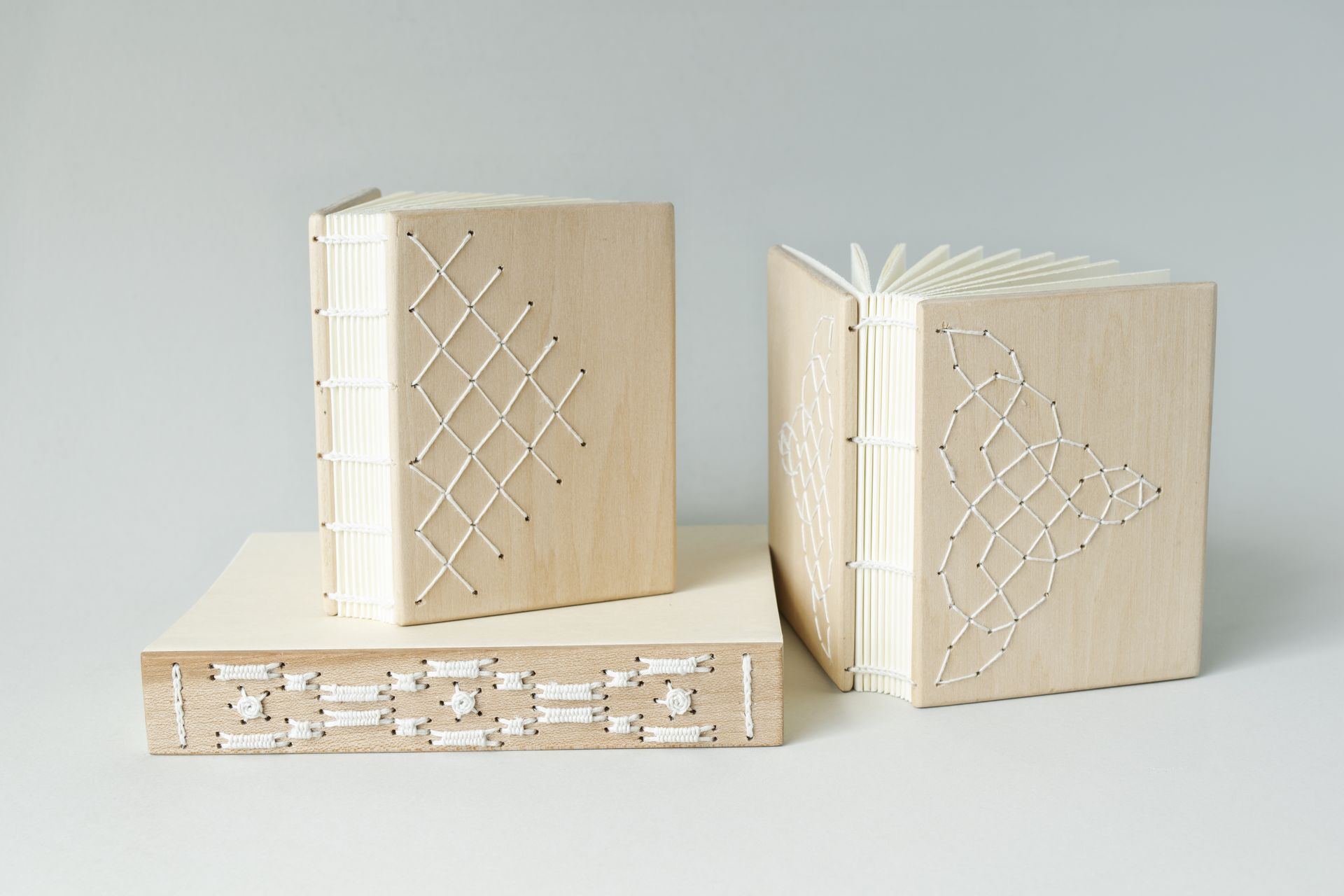
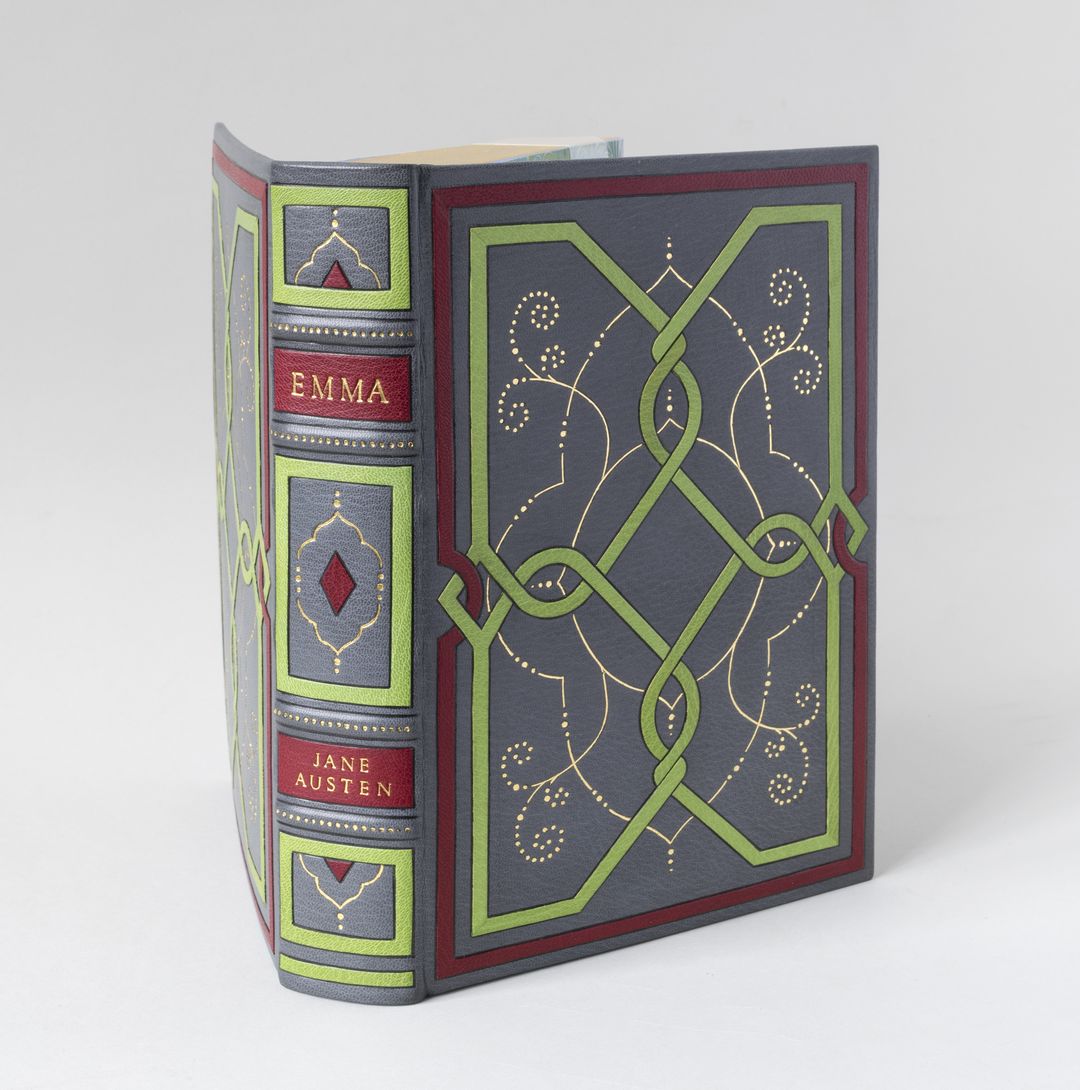
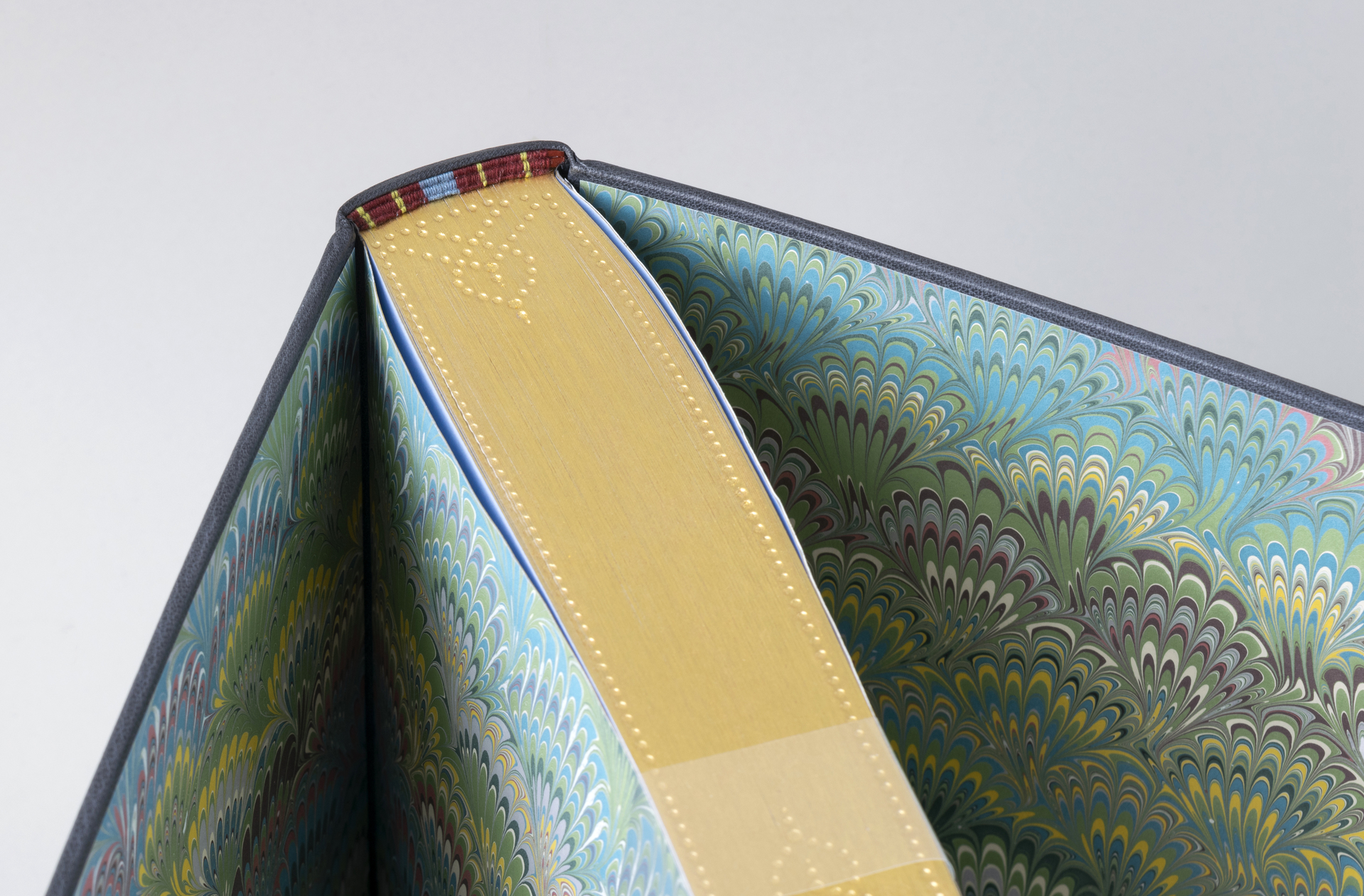
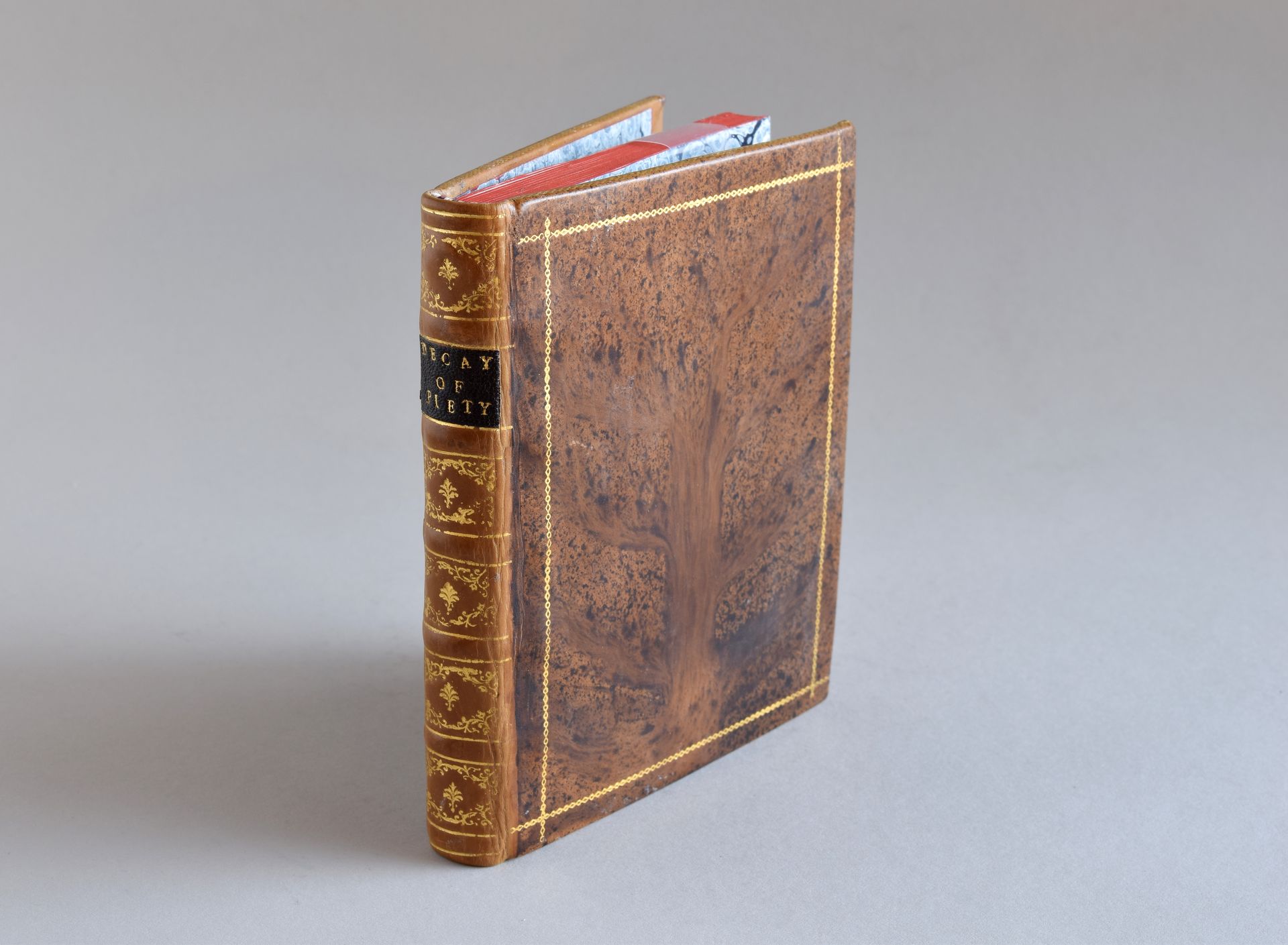
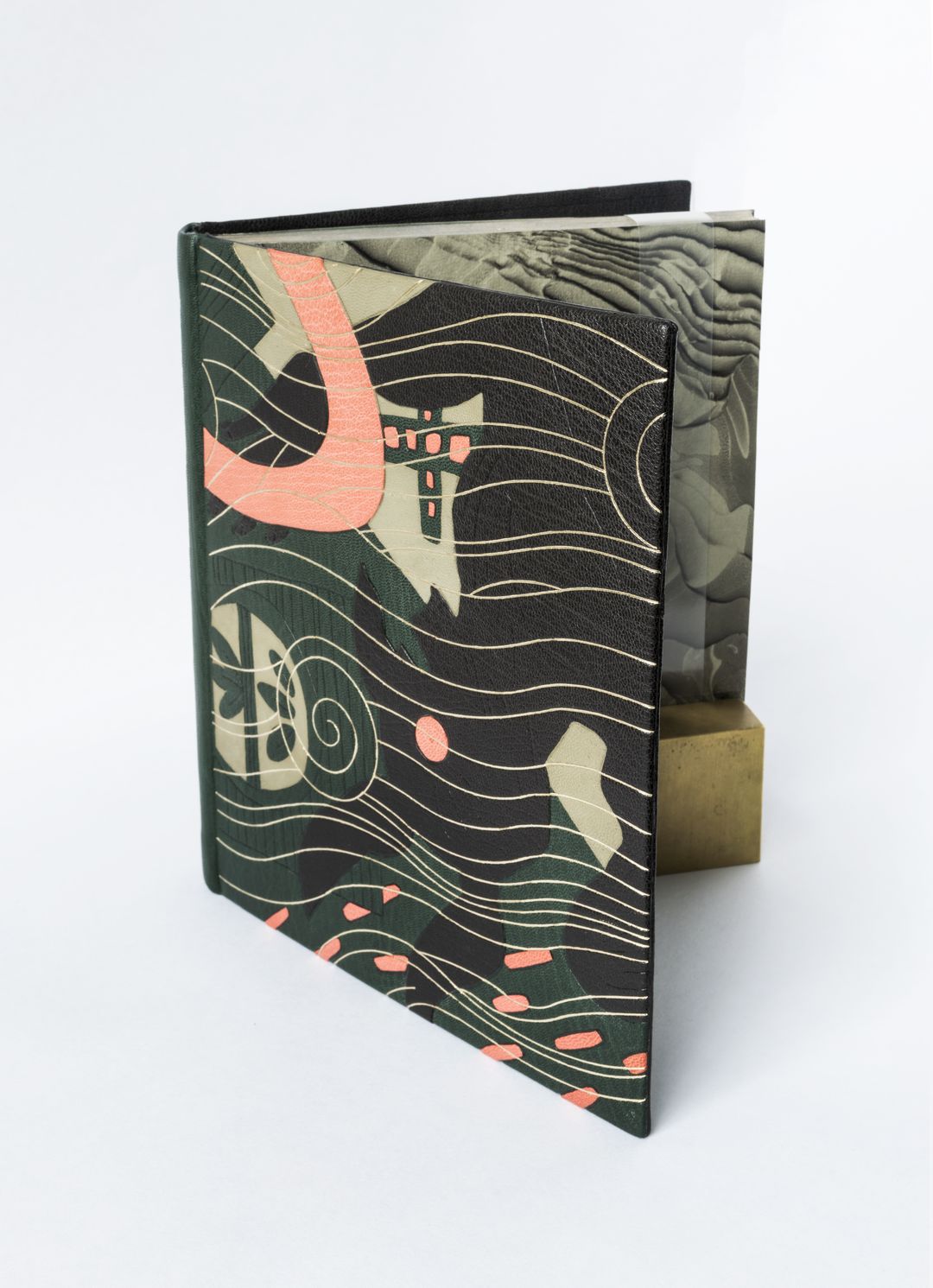

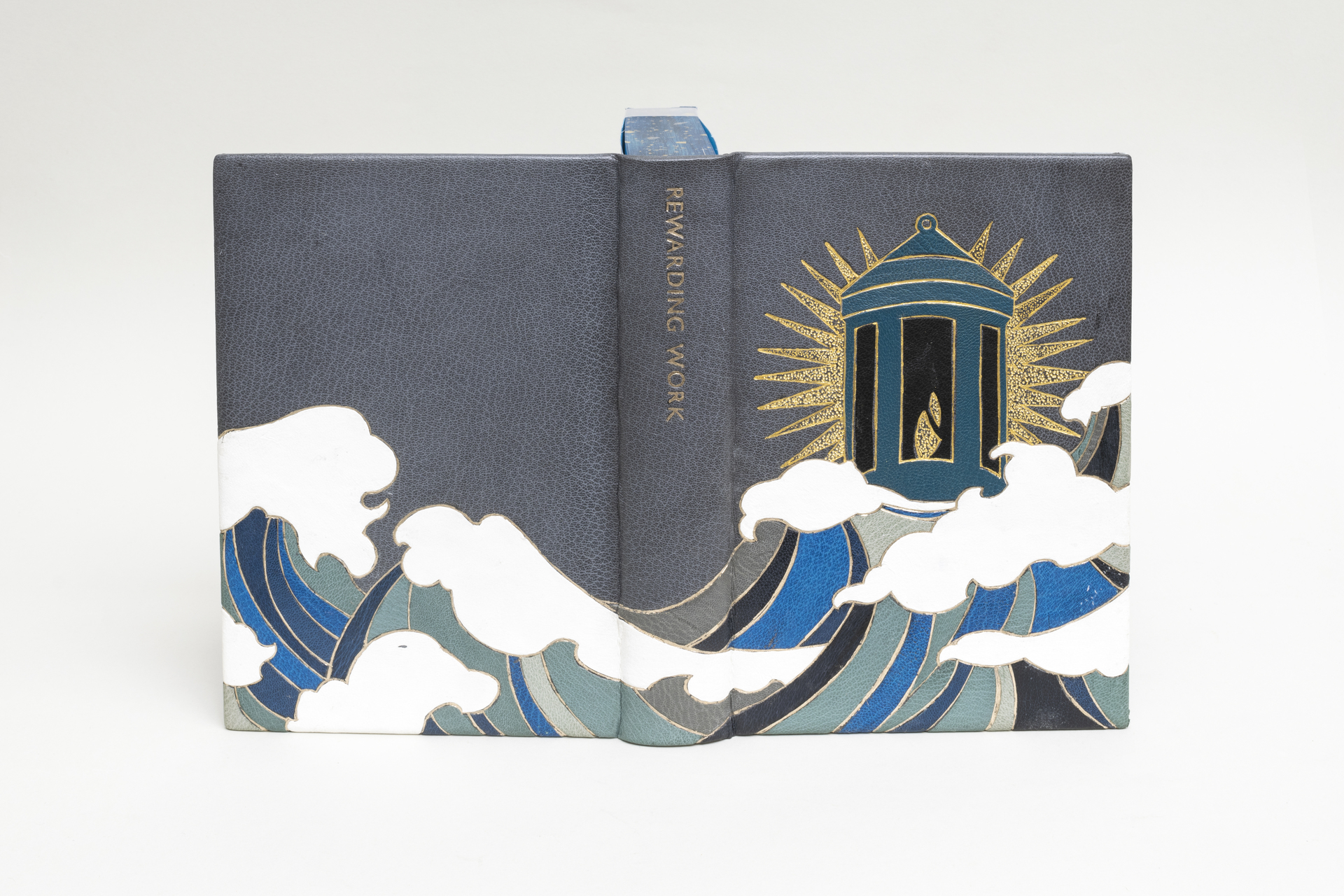
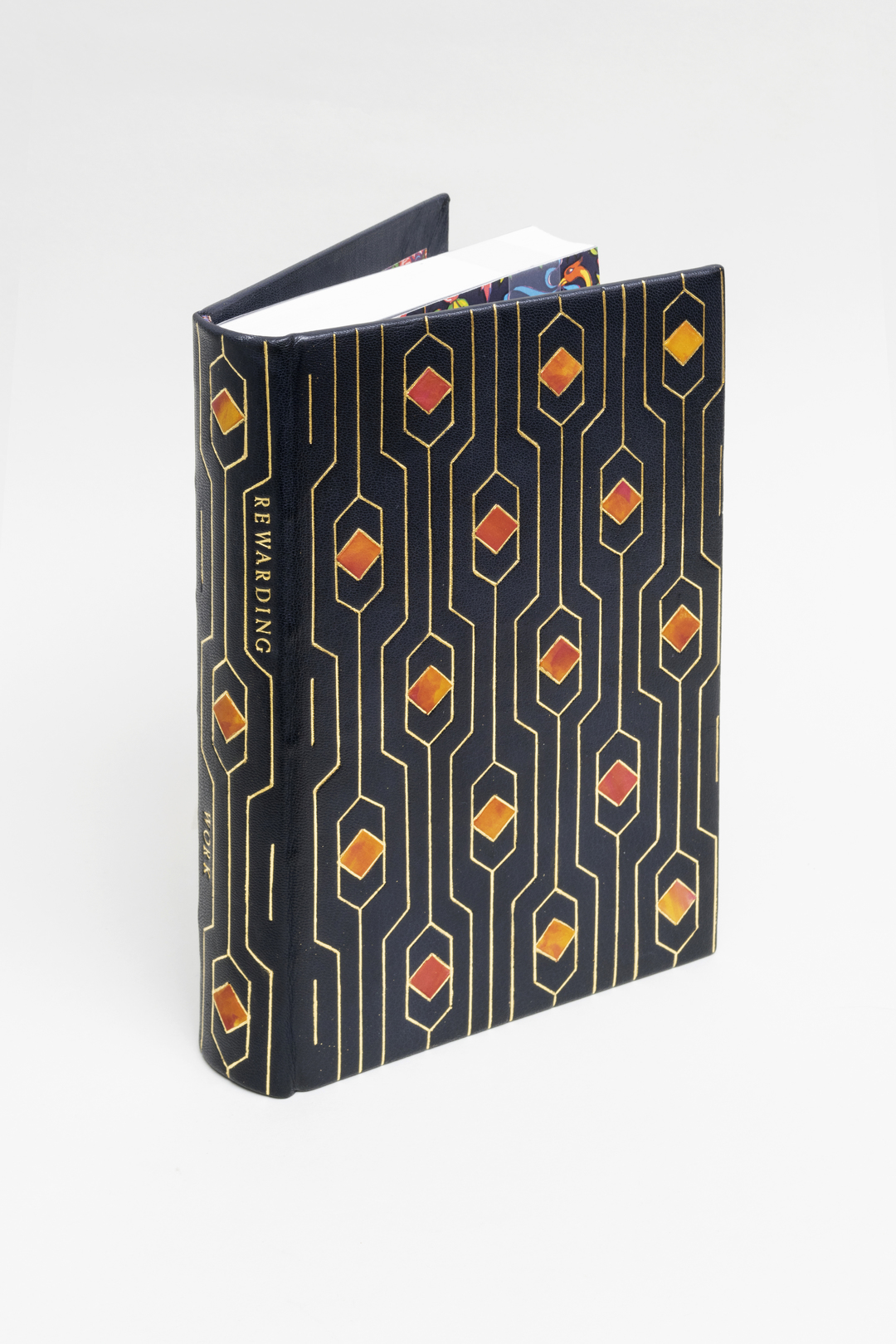
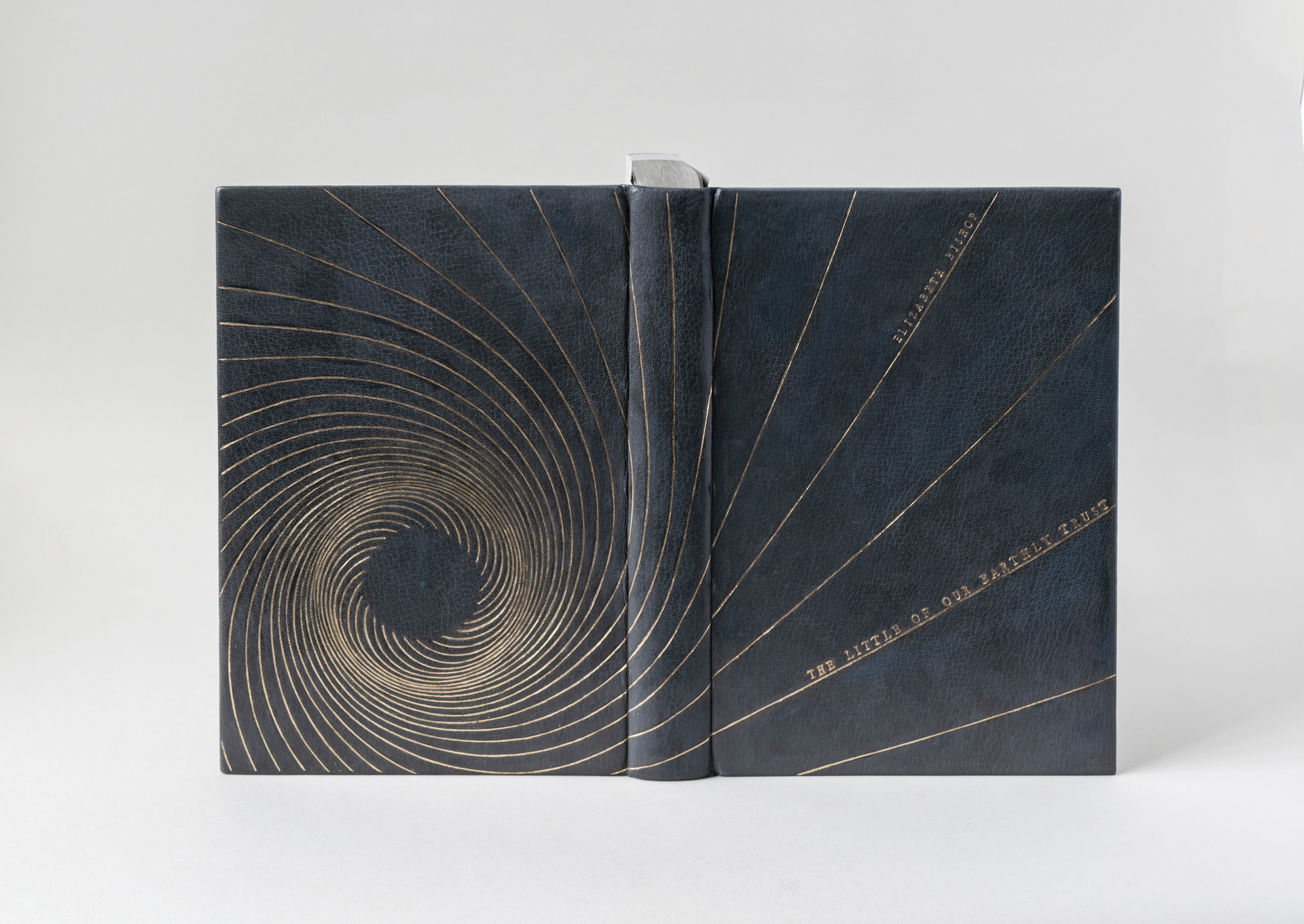
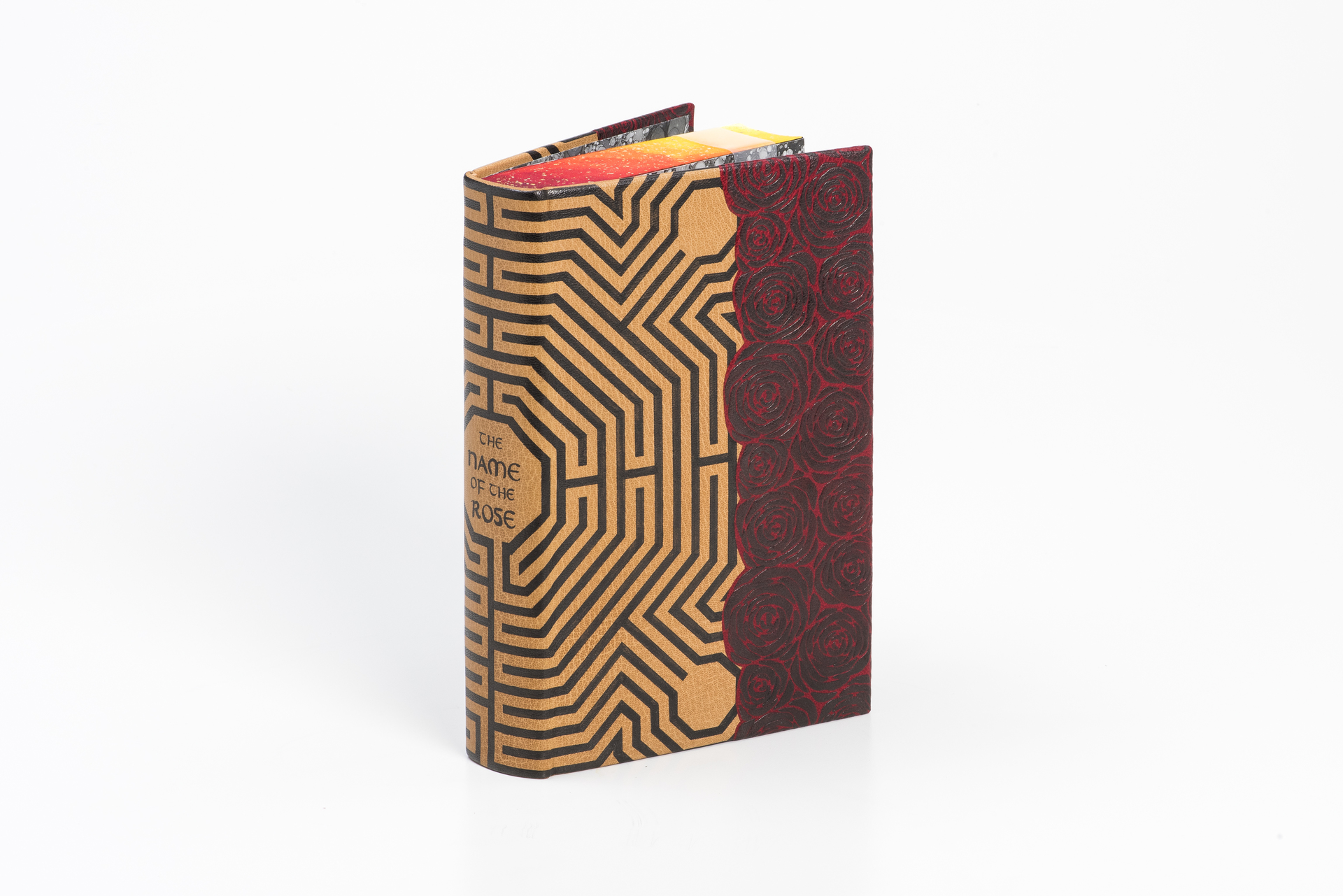
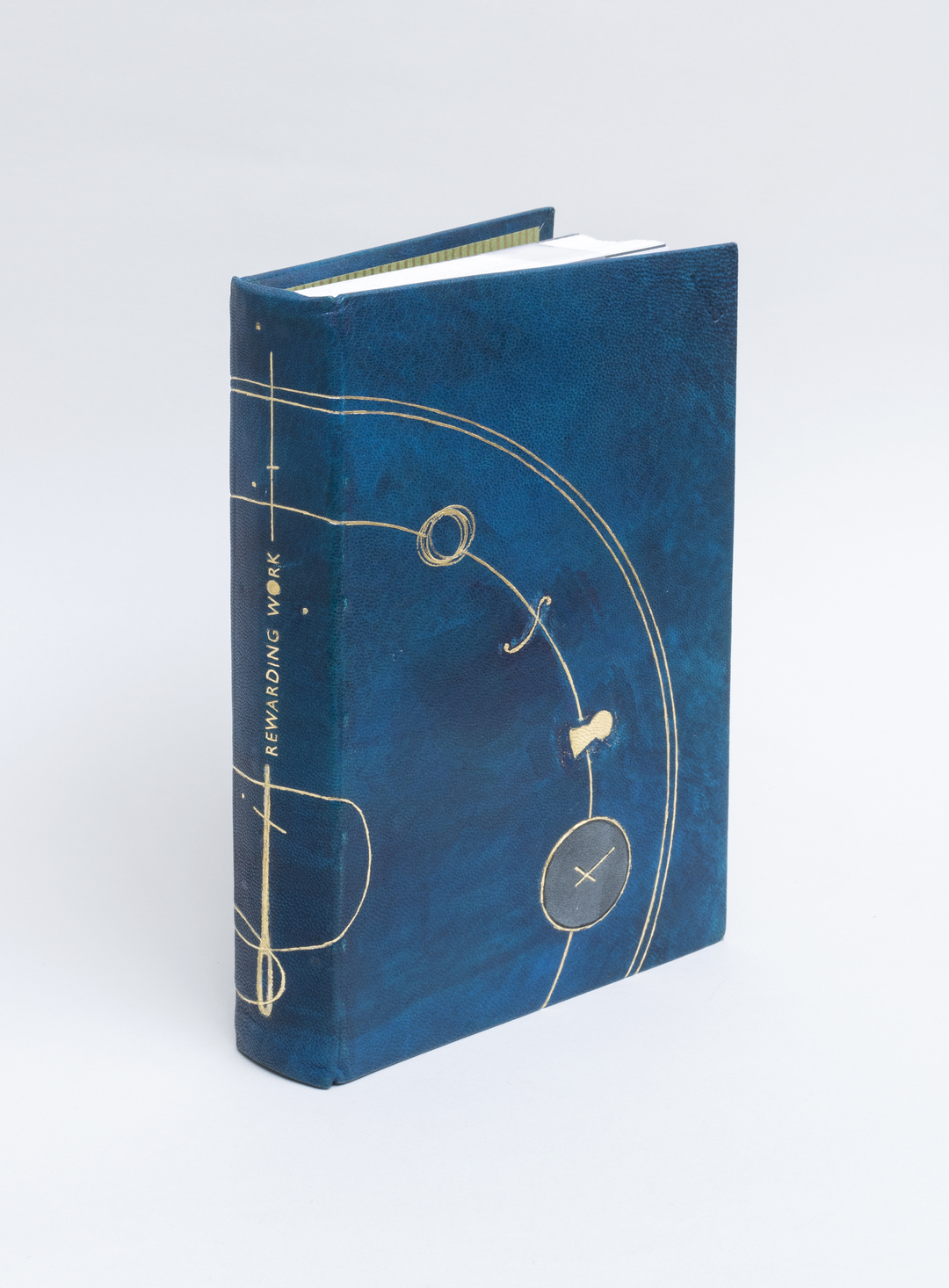

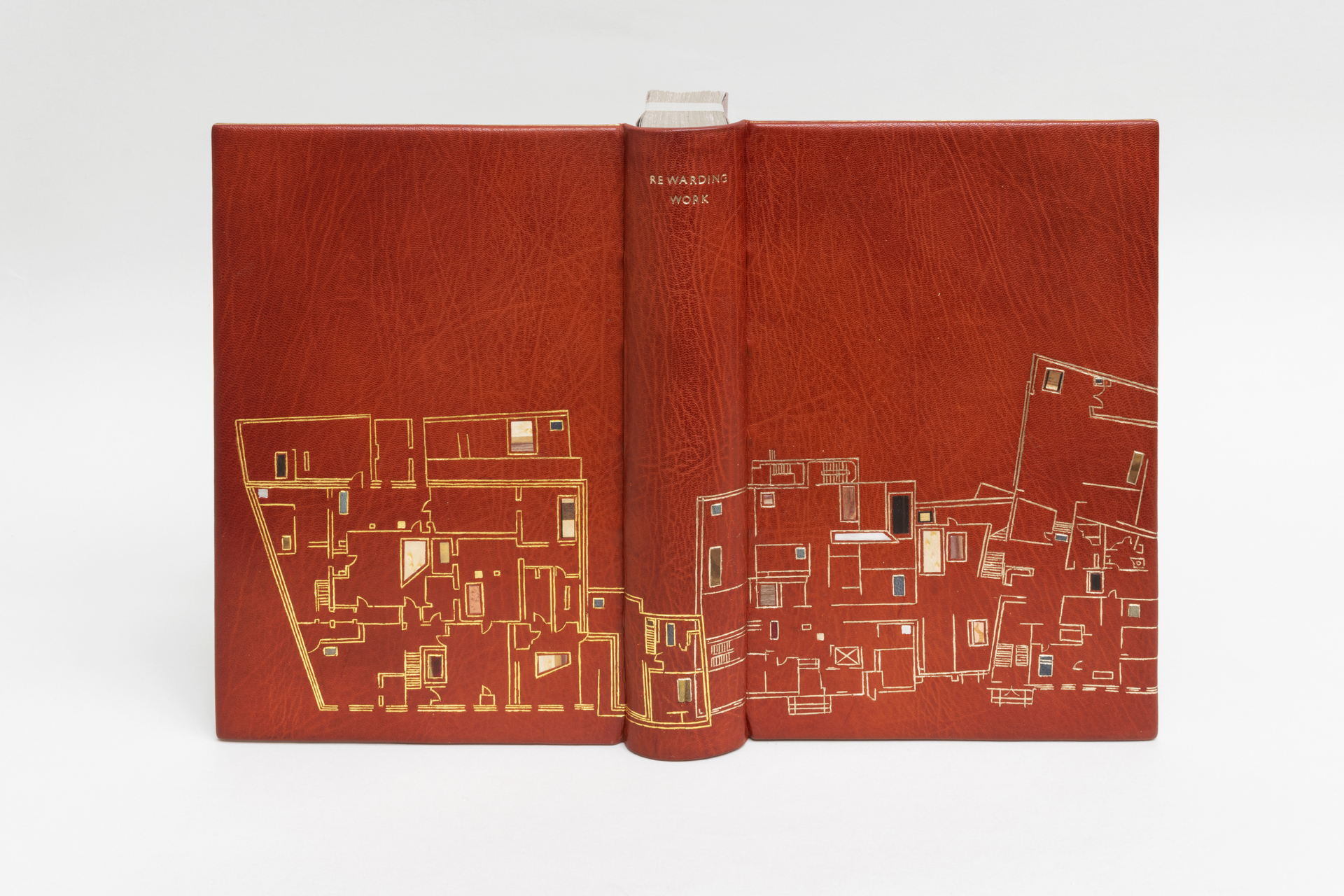
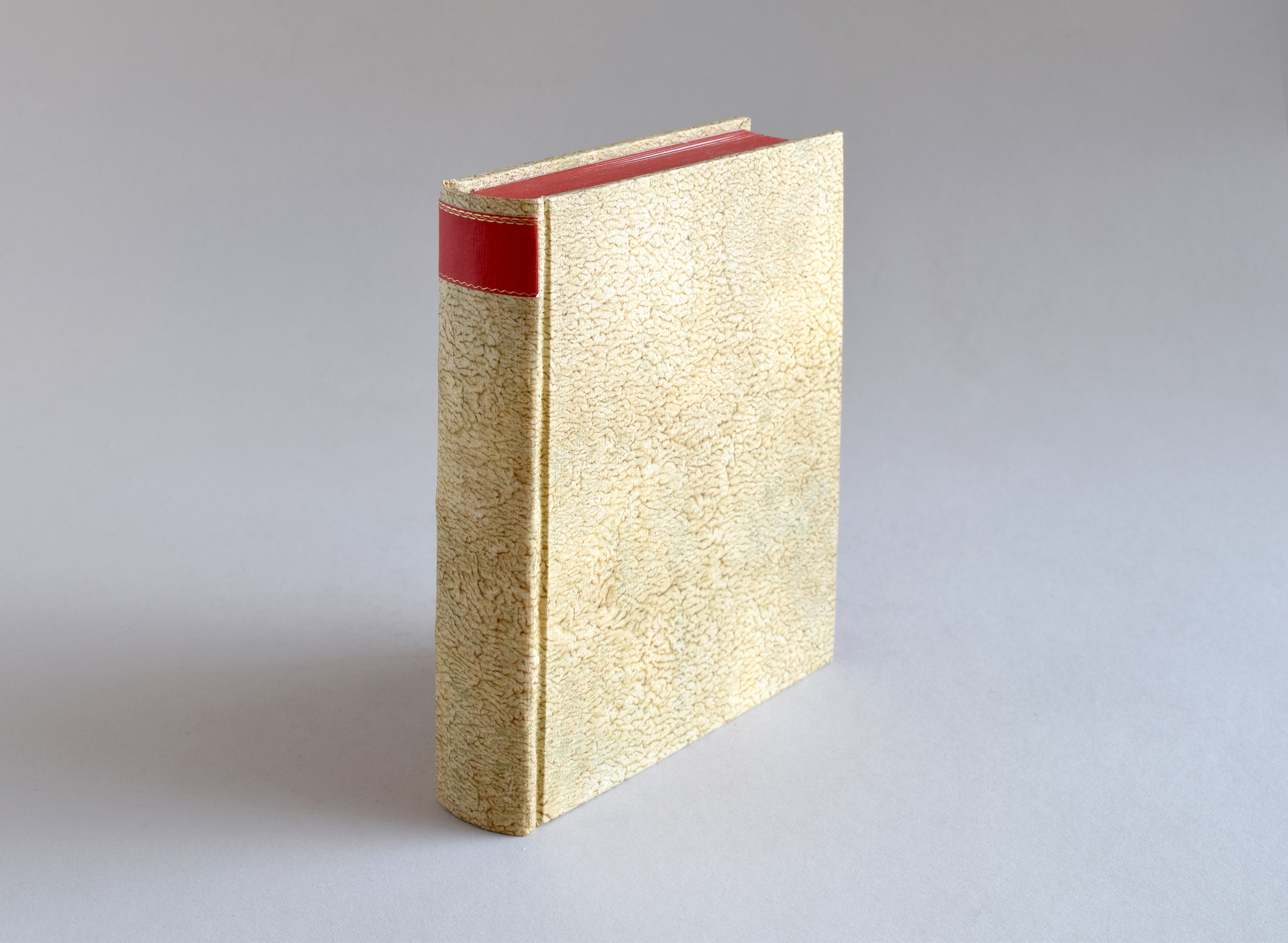
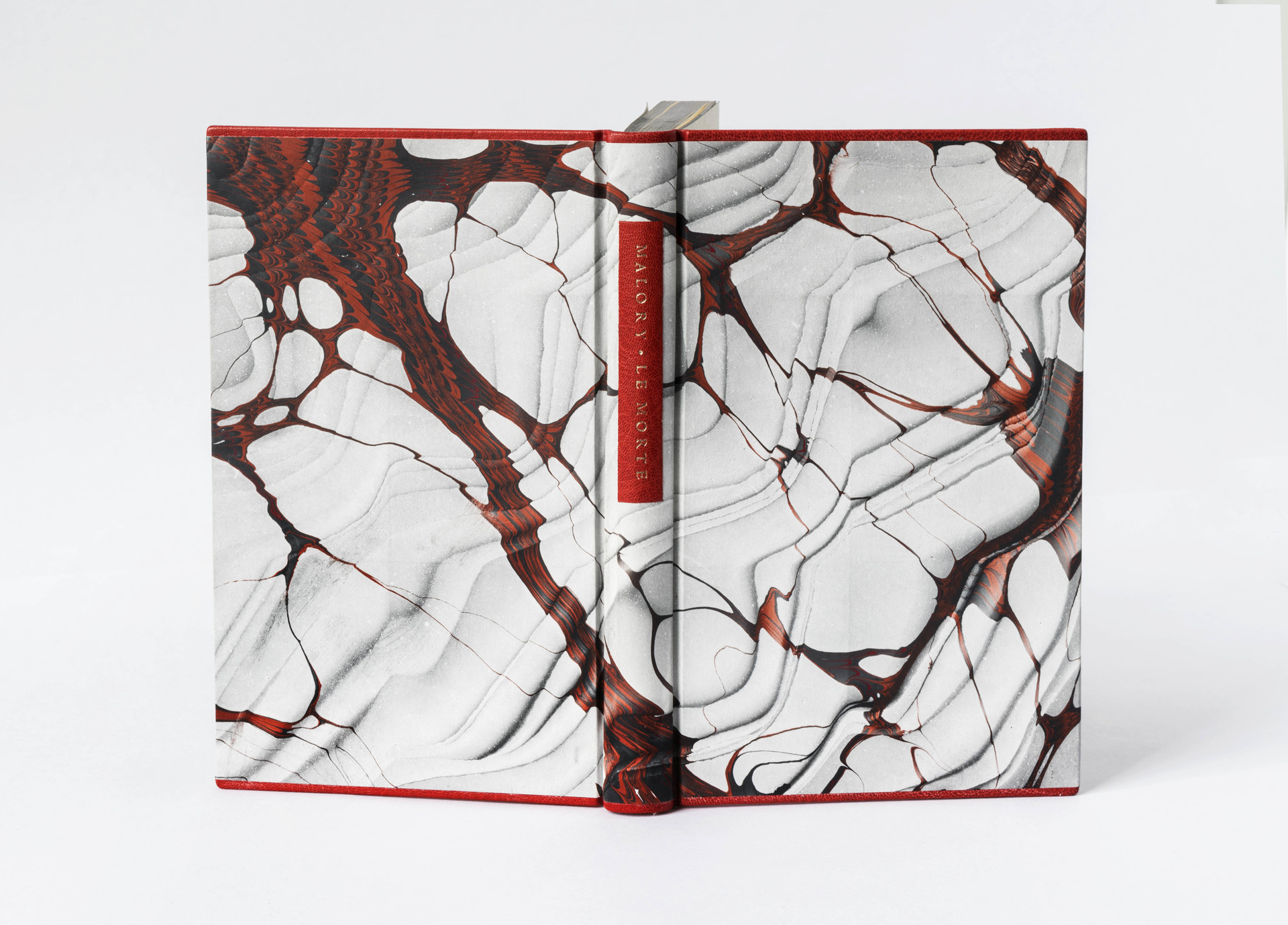
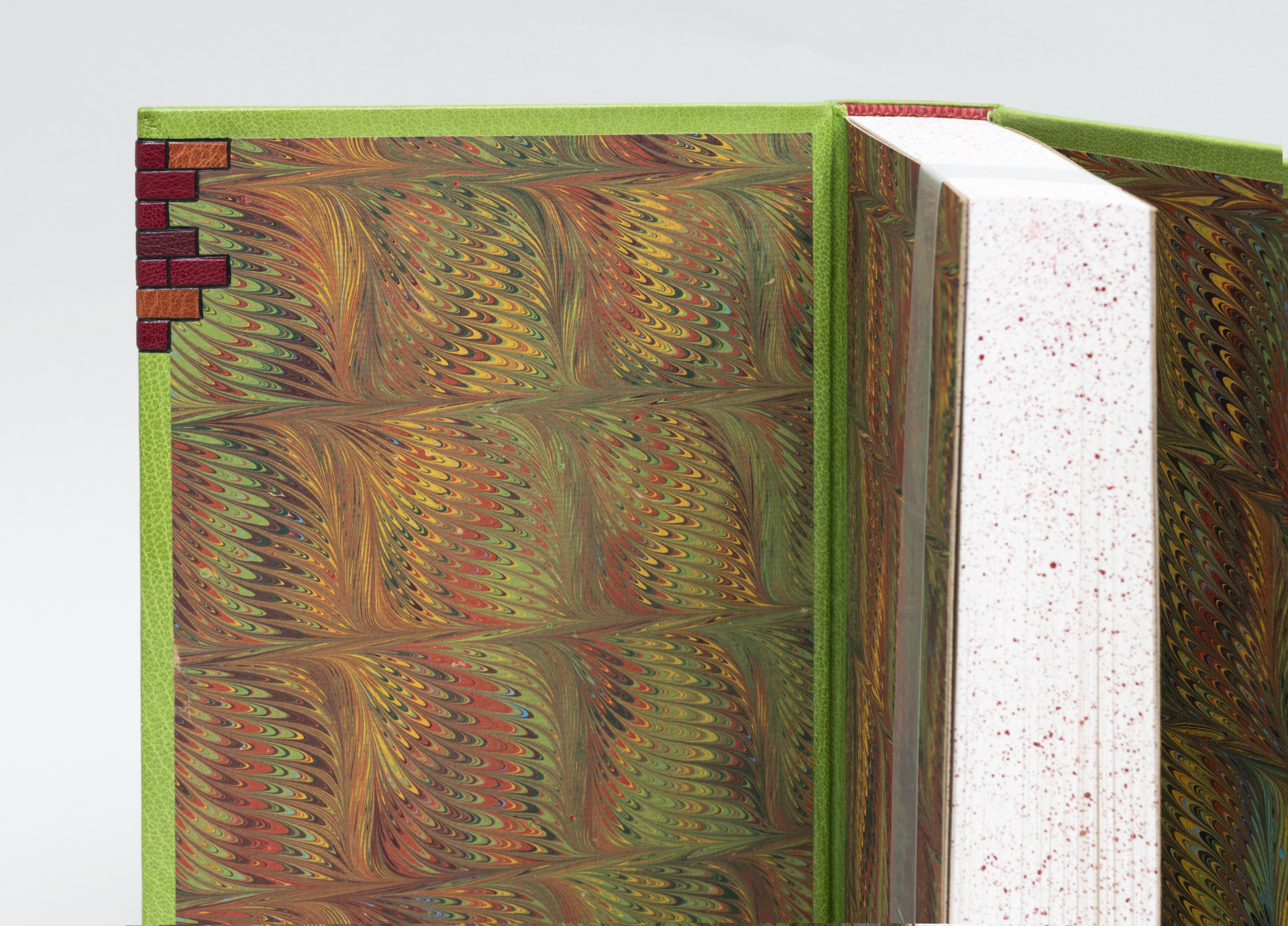
Questions?
Contact Rob O’Dwyer, Director of Admissions, at 617-227-0155 x111 or admissions@nbss.edu.